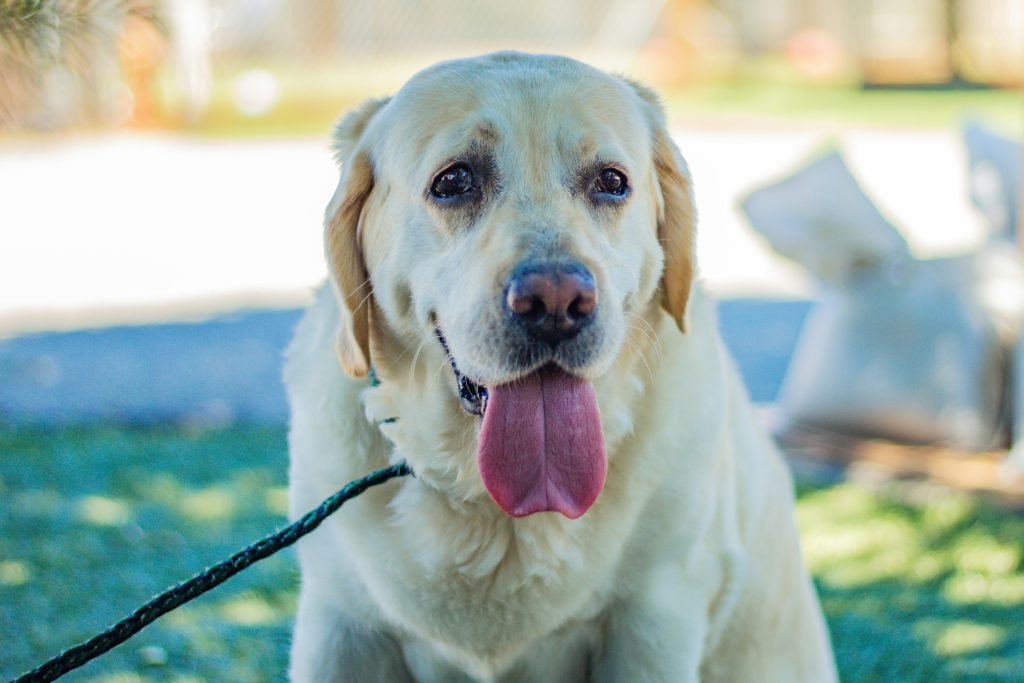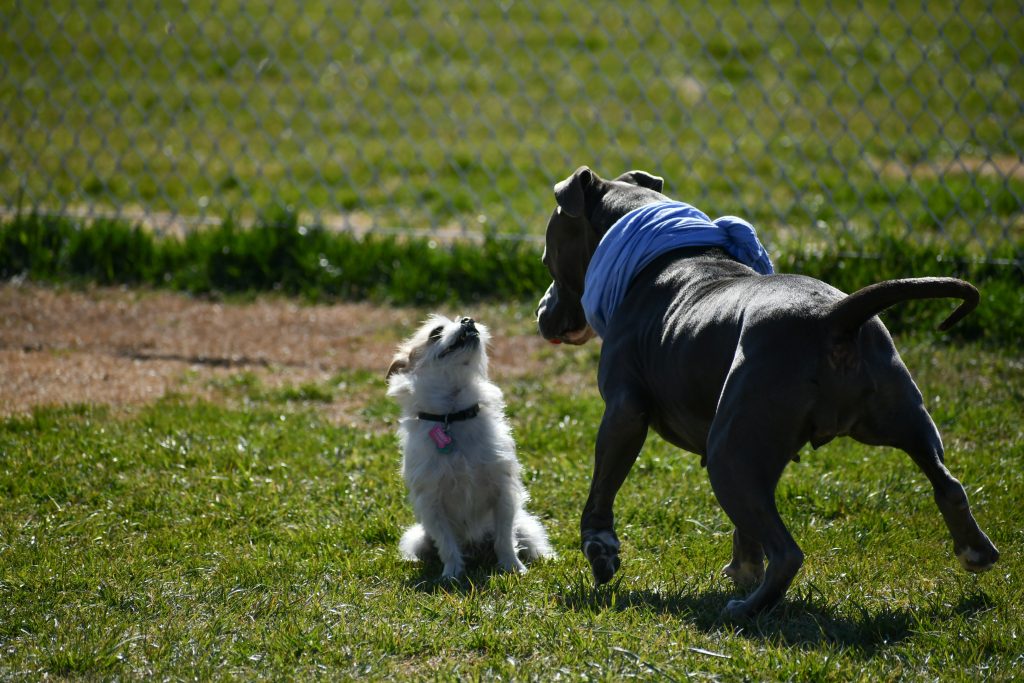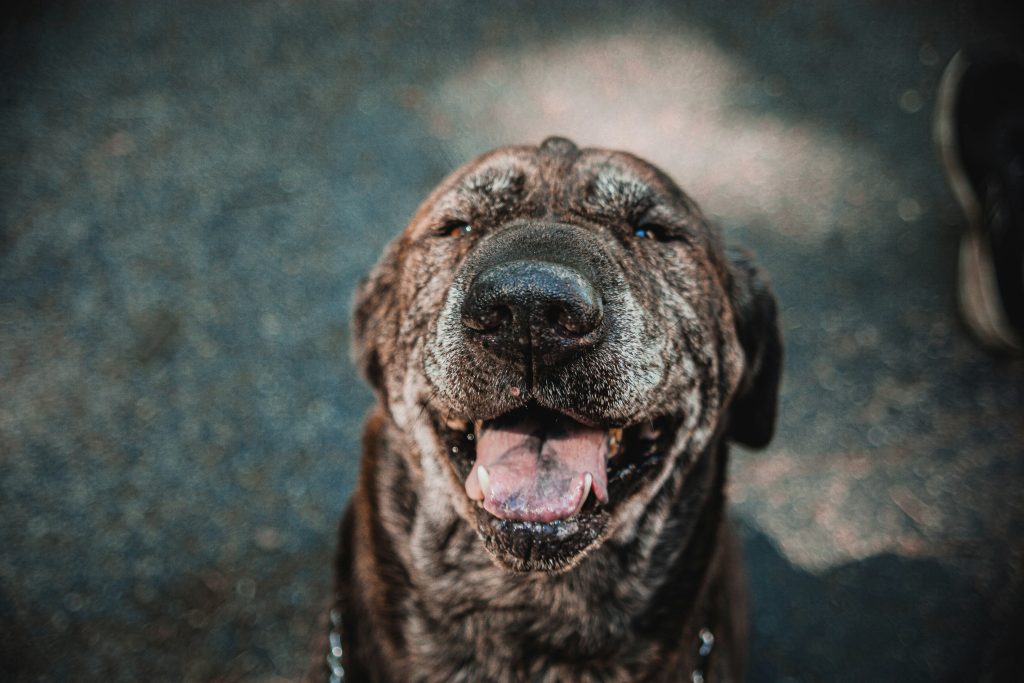Training Tips for Adopted Dogs
Training Builds Trust, Not Just Obedience
Adopted dogs often come with unknown histories, and training is one of the most powerful tools you have to help them settle in and thrive. But unlike raising a puppy from day one, training a rescue dog takes patience, adaptability, and empathy. You’re not just teaching commands—you’re rebuilding confidence and trust.
Let’s walk through practical, humane training strategies to help your adopted dog succeed.
1. Start with a Foundation of Trust
Before diving into obedience training, make sure your dog feels safe in your home. If they’re still fearful, shut down, or easily startled, focus on gentle bonding first. Trust is the base that all good training is built on.
Try:
-
Hand-feeding meals or treats
-
Speaking calmly and avoiding sudden movements
-
Sitting quietly together in the same room
-
Letting your dog come to you on their terms
Trust-building may take days or weeks—go at your dog’s pace.
2. Use Positive Reinforcement
Rescue dogs often respond poorly to harsh corrections. Instead, focus on rewarding the behaviors you do want. Positive reinforcement builds confidence and creates a desire to learn.
Key tools:
-
High-value treats (something soft and smelly)
-
Verbal praise (“Good girl!”)
-
Clicker (if your dog is sound-tolerant)
-
Toys or playtime
Examples:
-
Reward sitting instead of jumping.
-
Praise calm behavior when greeting guests.
-
Give a treat after every successful potty break.
Consistency is everything. Mark and reward the behavior as it happens.
3. Start with Basic Cues
Begin with simple, useful commands that set your dog up for everyday success. Don’t worry if they’ve “heard it before”—rescues need a fresh start.
Top beginner commands:
-
Sit: Teaches impulse control and focus.
-
Come: Crucial for recall and safety.
-
Wait/Stay: Encourages patience.
-
Leave it: Prevents unwanted chewing or eating.
-
Down: Helps calm an overstimulated dog.
Keep sessions short (5–10 minutes) and end on a positive note.
4. Work at Their Pace
Some rescue dogs are eager to please, while others may be fearful or hesitant. Training too quickly or too forcefully can backfire. Respect your dog’s learning style and emotional state.
Watch for signs of stress:
-
Yawning, lip licking, turning away
-
Shaking, freezing, or hiding
-
Loss of focus or shutting down
If you see these signals, take a break and revisit the lesson later. Training should be fun, not stressful.
5. Address Problem Behaviors Gently
Common challenges in adopted dogs include leash reactivity, separation anxiety, barking, or guarding. These behaviors are often rooted in past trauma or uncertainty.
Approach with:
-
Management (e.g., using baby gates, crates, or leashes to prevent issues)
-
Redirection (giving your dog something else to do)
-
Gradual desensitization (slow, calm exposure to triggers)
-
Positive associations (treats when calm around triggers)
If needed, reach out to a positive-reinforcement-based trainer, especially one experienced in working with rescue dogs.
6. Keep Socialization Slow and Positive
Your rescue dog may not have had healthy early social experiences. Don’t rush playdates or crowded dog parks. Instead, focus on neutral, controlled exposures.
Try:
-
Leashed walks near calm dogs
-
Sitting outside pet-friendly stores or parks to watch the world go by
-
Positive interactions with gentle, dog-savvy people
-
Rewarding calm behavior in new settings
Always advocate for your dog. If they’re scared or overwhelmed, it’s okay to step back.
7. Celebrate the Small Wins
With rescue dogs, progress often looks different. Maybe it’s the first time they lay at your feet, take a treat gently, or go for a walk without fear. These milestones matter just as much as “sit” or “stay.”
Keep a journal of their achievements, no matter how small—it’ll remind you just how far you’ve come.
Final Thoughts
Training an adopted dog is a journey rooted in trust, patience, and compassion. It’s not about creating the “perfect” pet—it’s about helping a dog feel safe, understood, and loved. With time, consistency, and positive reinforcement, your rescue dog will not only learn obedience—they’ll flourish.



